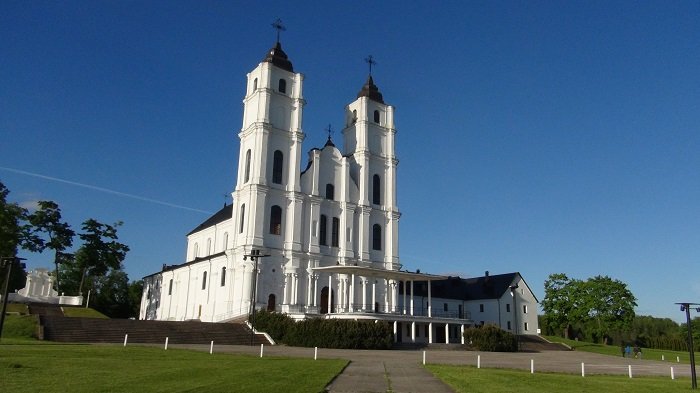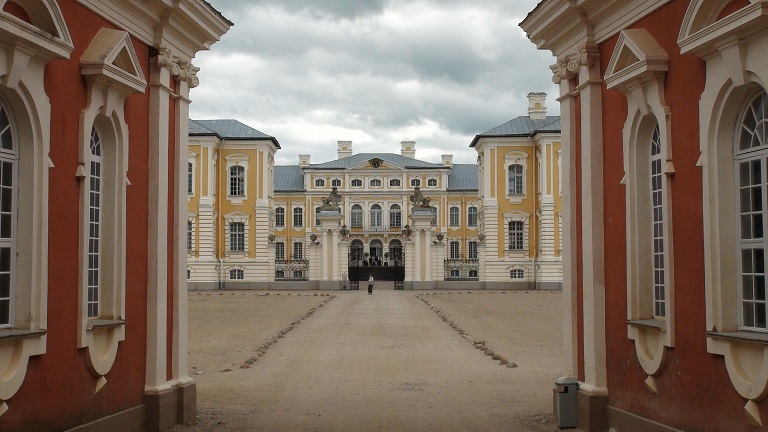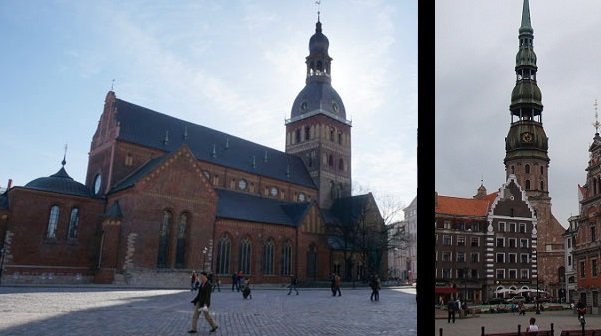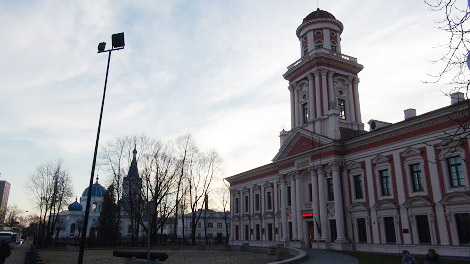Baroque, popular in the 18th century, is one of the most elaborate architectural styles in Latvia and some of Latvia’s favorite buildings are built following it. Baroque facades are especially rich in details, while the interiors are filled (some would say overfilled) by shards of riches and prestige.

Baroque was never universal, reserved mostly for the buildings paid by the richest.
One of the two key powers behind the Latvia’s Baroque was the Roman Catholic church which has commissioned numerous white churches in the Latgale area where it was dominant. All these construction were funded by the local Polish-Lithuanian nobility who hoped this would help reach a better afterlife in a very troubled era where danger of Russia and state Russian Orthodoxy already loomed. They often followed a sub-style known as Vilnius baroque which is characterized by twin slim church towers. Other churches were towerless.

After all, Baroque style was closely intertwinned with Catholicism, as it was Catholic church that has commissioned first Baroque buildings in the world.
Another power behind the Latvia’s Baroque were the dukes of Courland-Semigallia. Their statelet (a fief of Poland-Lithuania) was sent into decline by numerous wars, but their archietctural projects were partly funded by Russians who sought to court them. They included massive palaces at Jelgava and Rundale was well an academy in Jelgava.

Baroque was also used by some nobles for their countryside manors and townhouses. Additionally, some older urban churches were “updated” by Baroque towers that still survive, including the Riga’s Lutheran Cathedral and St. Peter’s church.

While Baroque facades often survived, interiors and surrounding formal gardens were typically less lucky (both have been destroyed in Jelgava palace, for example). Still, some of them were restored after the independence of Latvia.

